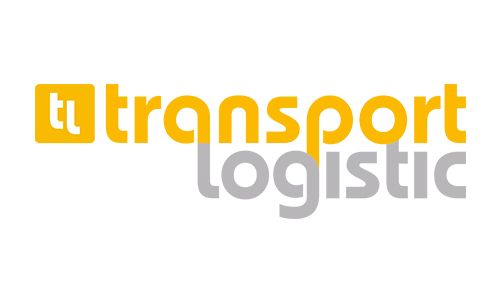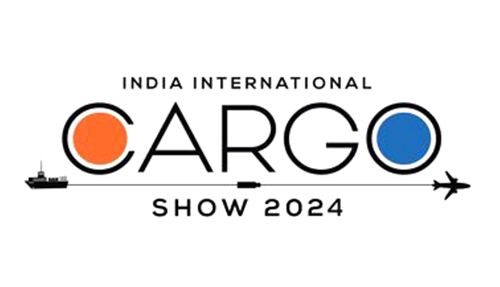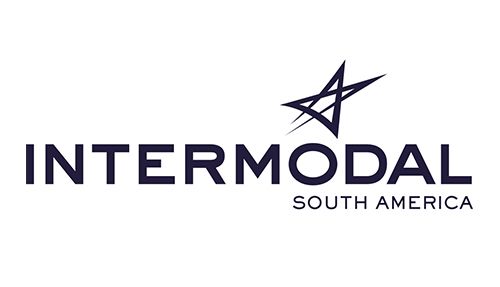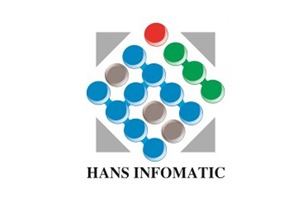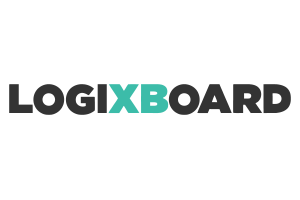

2025: Freight Forwarding Doesn’t Need a Band‑Aid, It Needs a Power Drill
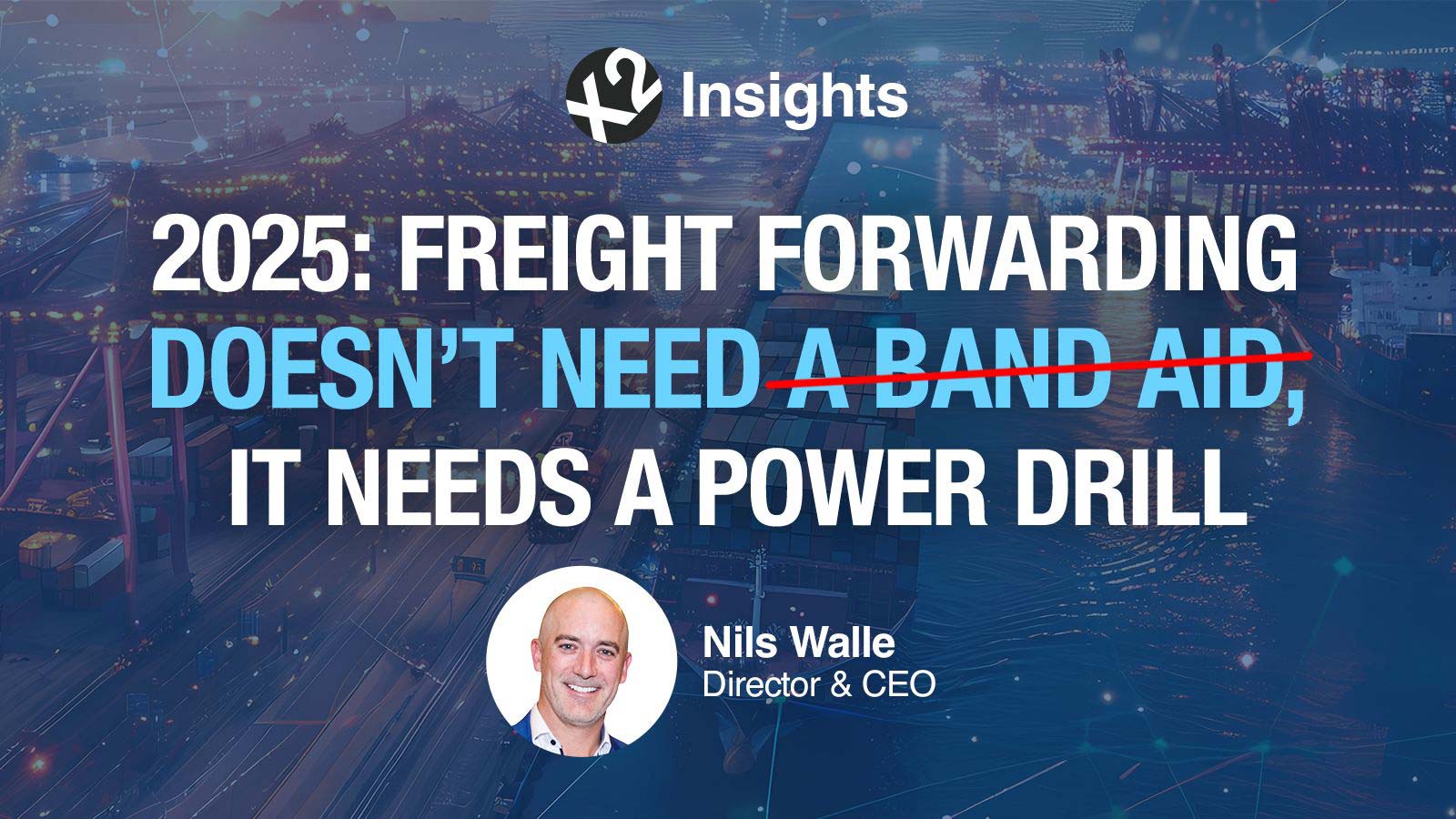
Let’s stop pretending this industry can fix itself with another “digital platform” or “leveraging synergy.” Freight forwarding in 2025 is at a crossroads and the direction we choose could make or break SMEs.
1. AI & Automation: Real Gains, Real Limits
In warehouses and docs departments, AI isn’t sci‑fi anymore, it’s saving real time and real money. Optical Character Recognition and NLP now streamline documentation; predictive analytics cuts forecasting errors by 20–50 %, and route optimization tools reduce fuel costs and delays. Generative AI is handling basic quotes and replies to all tabletop wins for SMEs with limited budgets.
But let’s be blunt: full automation isn’t happening next month. Most SMEs can’t afford robotic fleet upgrades, smart ports, or digital twins. AI helps but don’t buy the hype that it’ll replace your service ethic. It’s an enabler, not a substitute.
2. Trade Frictions & Geopolitics: Disrupting Demand, Not Diplomacy
The U.S.–China trade cold war isn’t cooling. Hong Kong saw 41% of sailings to North America canceled in May and forwarders got hit hard. Across Asia‑U.S. lanes, spot rates have plunged 58% to West Coast, 46% to East Coast since June, due to overcapacity and re-routing chaos. That means lower margins and more headaches, especially when blanked sailings ambush your clients.
SMEs are living the dual‑supply‑chain reality: U.S. sourcing counters risk, Asia‑Europe carve‑outs try diversifying, friend‑shoring shifts manufacturing but complexity kills clarity.
3. Generational Change & Talent Shortage: Robots Don’t Fix Culture
Automation is sexy. But who’s watching the shipment, cuddling the client, or navigating customs when things go sideways? Talent remains the real chokepoint. Experienced operators retire, Gen Z doesn’t wait tables for “customs clearance” and internal training programs are nonexistent.
If your human capital isn’t future‑proofed, AI becomes irrelevant. And before you lament robotics cost, remember: human burnout is far more expensive.
4. Economic Slowdown: Rates Fall, Pressure Rises
With global demand stagnating and capacity growing, margins are under siege. The Freight Forwarding market is valued at USD 178 billion in 2025 with projected growth to USD 249.8 billion by 2034 at just 3.8% CAGR. Logistics execs are seeing shrinking rate cards while operating costs like: fuel, labour, compliance creep upward.
Translation: there’s less pie to cut, and every slice is already under pressure.
5. Customer Expectations & Service Innovation: Experience as Differentiator
In a commodity market, experience is your edge. Clients expect live tracking, razor-sharp transparency, proactive alerts, and curated service. AI tools now power chatbots, virtual assistants, and real-time visibility but as SMEs we must adopt selectively: start small, pick tools that integrate with your workflow, then scale with intent.
Bottom‑line perspective for SME forwarders:
-
Plug in AI tools for low-cost wins: doc automation, better quoting, predictive tracking.
-
Train and retain the human capital that robots can’t replicate.
-
Diversify lanes and suppliers dual‑chain sourcing isn’t a buzzword anymore.
-
Differentiate on service, not price. Experience is the moat MNCs can’t easily replicate.
This isn’t pie‑in‑the‑sky futurism. It’s about surviving in a broken global system and then, maybe, fixing it enough to claim your share.
Member Testimonials
Our Partners
Vendor Partners
X2 Conference
Our special networking event is about smart freight forwarders coming together to grow and develop business within the group by providing an opportunity for all members to gather in one place to form and extend personal relationships.
- 1
- 2
- 3
- 4
- 5
- 6
- 7
- 8
- 9
- 10
- 11
- 12

NEW YORK
- 1
- 2
- 3
- 4
- 5
- 6
- 7
- 8
- 9
- 10
- 11
- 12

sao paulo
- 1
- 2
- 3
- 4
- 5
- 6
- 7
- 8
- 9
- 10
- 11
- 12

london
- 1
- 2
- 3
- 4
- 5
- 6
- 7
- 8
- 9
- 10
- 11
- 12

dubai
- 1
- 2
- 3
- 4
- 5
- 6
- 7
- 8
- 9
- 10
- 11
- 12

bangkok
- 1
- 2
- 3
- 4
- 5
- 6
- 7
- 8
- 9
- 10
- 11
- 12

hong kong
- 1
- 2
- 3
- 4
- 5
- 6
- 7
- 8
- 9
- 10
- 11
- 12

tokyo
- 1
- 2
- 3
- 4
- 5
- 6
- 7
- 8
- 9
- 10
- 11
- 12

sydney
Book a Discovery Call with our Network Development Managers
Got questions or want to explore new opportunities within our networks? Schedule a one on one meeting with our Network Development Managers.














